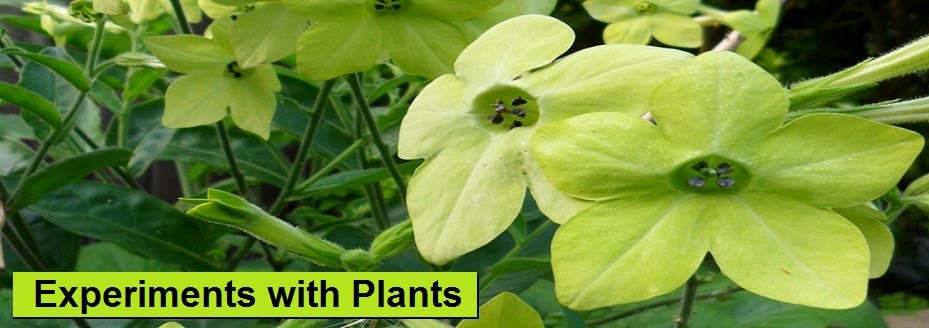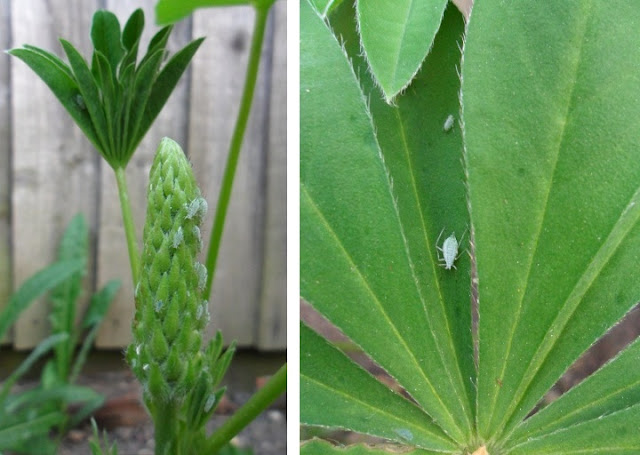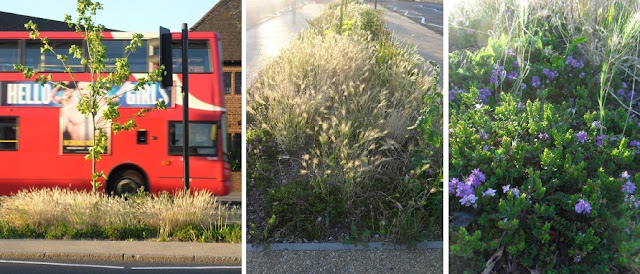Spanish explorers brought them from Mexico to Europe in the 16th century. It’s not clear why these plants were called marigolds, though it has been speculated : Mary’s Gold after the Virgin Mary.
 |
| Marigolds (Tagetes) in a public display |
A native marigold with botanical name Calendula already existed in Europe, noted by the Romans to flower all year round. It had medicinal properties and was also used as a yellow food dye by adding dried petals directly to the cooking pot or indirectly by feeding flowers to chickens to intensify the yellowness of their egg yolks.
Gourmets label dried marigold petals as poor man’s saffron compared to the authentic strands of crocus stigmas. In spring when the crocuses were in bloom, I mentioned my nostalgic obsession with this colour. As far as I’m concerned they were just the appetiser; marigolds are the main course.
 |
| Pot Marigolds (Calendula) - brighter than the sunshine |
Even though my pot marigolds are not the magical, Mexican variety and though I’m not supposed to believe in magic being a scientist, they seem to have cast a spell on me during the past few rainy months. So here I am also gazing at hollyhocks, hydrangeas, agapanthus and corn flowers but find myself writing down marigolds as the July entry in my Dozen for Diana.
 |
| Pot Marigolds (Calendula) light up my garden on rainy days |
There
were no marigolds in the garden of my childhood. My mother favoured pinks,
reds, blues and purples, the bigger and fancier the better, always doubles over
singles. I preferred the daises. Marigolds
were the first seeds that germinated for me when I started working on my own
garden, just a couple of weeks after they were planted. I fell in love at first
sight of the lettuce-green leaves, then the flowers. Since the first planting, they
have self-seeded and somehow made themselves unattractive to slugs and snails which seem to be gorging on everything else. Marigolds remind me not to forget what comes easily when I'm faced with challenges.
If you
asked me my favourite colour, I would probably choose purple one day, blue the
next. It would never occur to me to select yellowy-orange, but that’s the colour
that lifts my spirit, it triggers my psyche to believe that anything is possible.
That makes marigolds magical to me.
Caution : Pot marigolds (calendula officinalis) are edible in moderation but ornamental marigold hybrids might not be. Please check the seed packet.
Fay shows us how to preserve poor man’s saffron :
http://orkneyflowers.blogspot.co.uk/2011/09/poor-lasses-saffron-calendula.html
Thank-you very much to Malar for nominating me for a Versatile Blogger Award.
I enjoy reading about her tropical plants. Unfortunately, the monkeys stole her mangoes… http://myemeraldgarden.blogspot.co.uk/2011/09/gone.html
©Copyright 2012 b-a-g. All rights reserved. Content created by b-a-g for http://experiments-with-plants.blogspot.com/2012/07/marigolds-31-jul-2012.html









